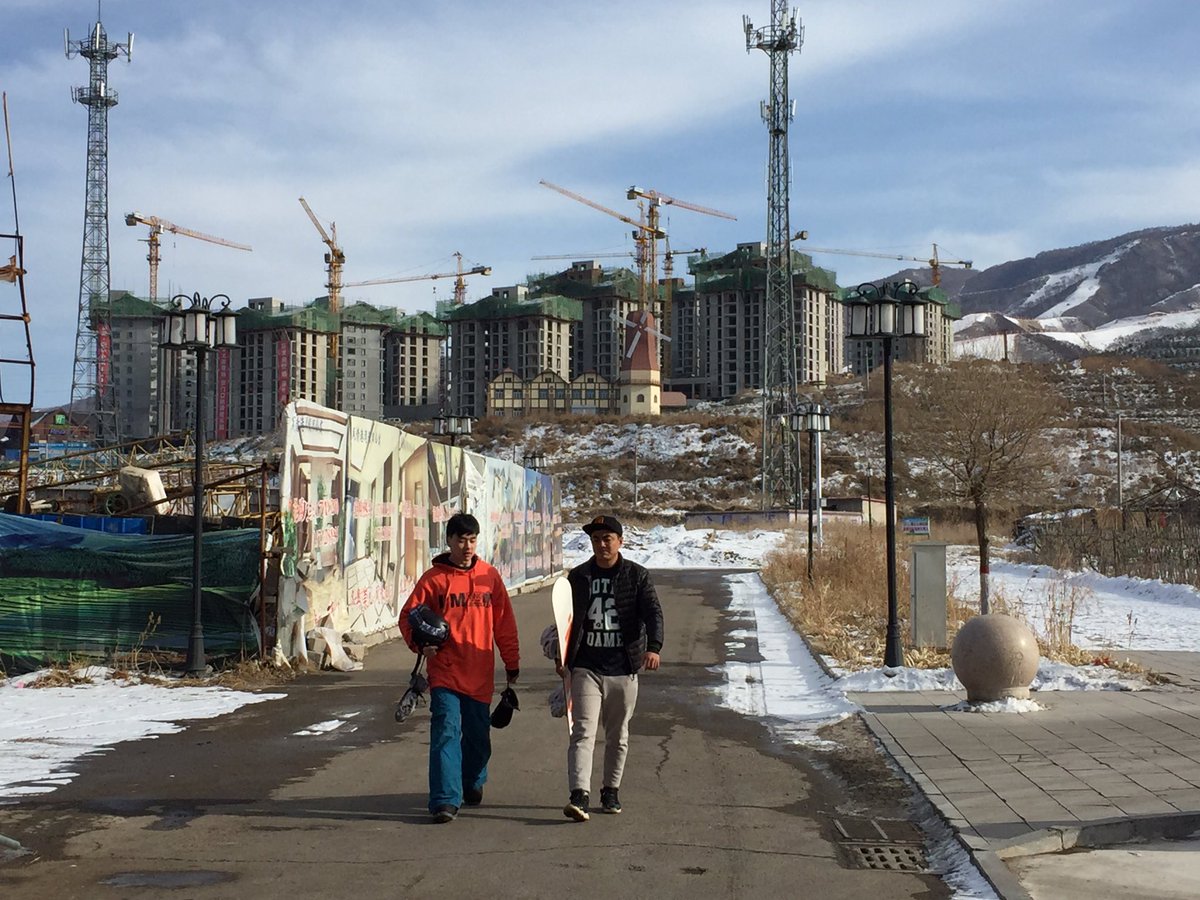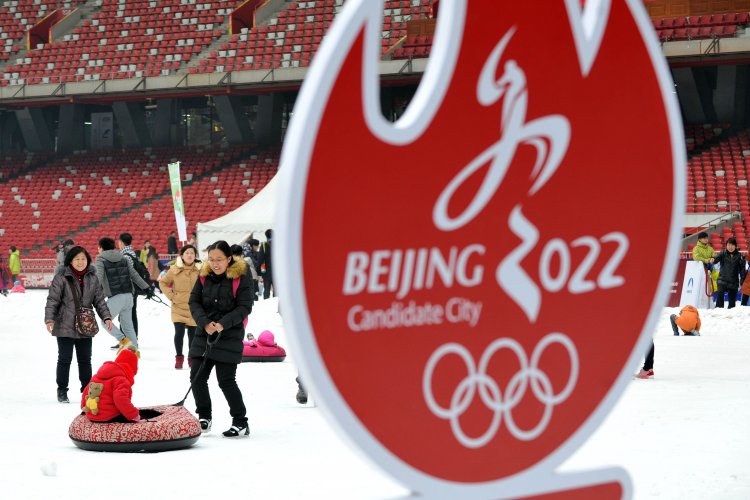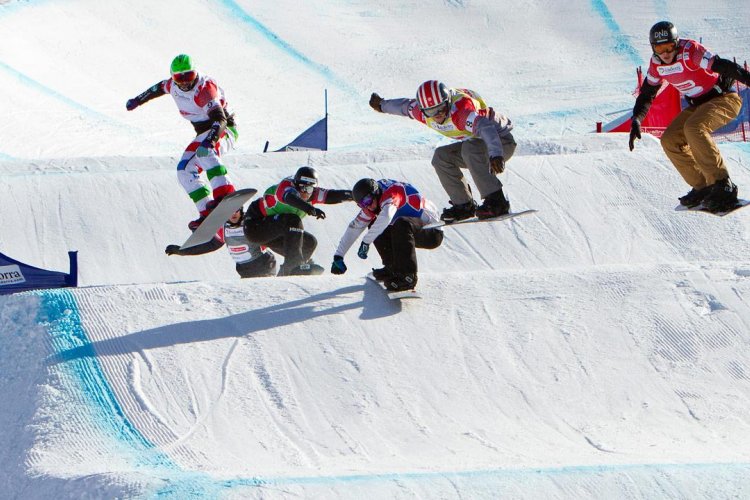Olympics Bring Business Boon to Chongli, But Housing and Environmental Calamities Loom
The days of Chongli being a sleepy rural Hebei district are quickly coming to an end, and the area becomes a focal point for both good and bad news ahead of its hosting of 2022 Olympic skiing events.
The upside: upgrades to the district's skiing facilities, and buzz about the athletes that will compete there, is attracting recreational skiers in droves. Channel News Asia recently reported that, during 2016's Spring Festival, 530,000 tourists visited Chongli (pictured above), a total that is a staggering 17 times the districts population. It also mentioned one resort adjacent restaurant that saw its business rise by at least 10 percent this year, before quoting a local man that hopes to continue living there to advantage of the job opportunities as the area develops.
But with that upswing comes a steep trade off, especially for locals whose incomes can't keep up with real estate rates, which doubled since 2015. One resident was quoted as saying: “Our standard of living is not high enough, and there aren’t enough jobs because Chongli has no factories and it’s also not an industrial area.”
Financially squeezed as those locals may be, an even greater burden may await their descendants. That's because of the massive amounts of water required to host winter sports events, made all the more unfeasible by the region's huge water shortage.
The Week detailed just how alarming that issue is. In a recent article the publication noted how the "available water per person in Beijing is already about three percent of the world's average." In such a parched state of affairs, Beijing and the surrounding areas will have no choice but to rely on artificial snow "at a cost of water and electricity equivalent to the needs of thousands of households."
READ: We Went to Try the Bird’s Nest’s New Air Corridor So That You (Really, Really) Don’t Have To
More specifically: the 11 ski resorts in Beijing's vicinity used one billion gallons of water, equivalent to the amount needed for 42,000 people, in 2011 alone. That demand for water will surely only worsen as construction of the 240 new slopes and 500 new rinks for the Games is completed. To call it an extravagant use of a scarce resource may sound like an understatement, given just how big those figures are, and how they contract recent pledges by officials to run a sustainable sporting event.
More stories by this author here.
Email: kylemullin@truerun.com
Twitter: @MulKyle
WeChat: 13263495040
Photo: Channel News Asia







